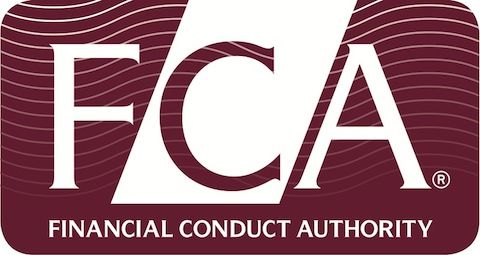
Lenders will consider mortgage applications on flats in buildings in England over five storeys (or, 11 metres) from next month, according to a statement from key mortgage lenders and the Royal Institution of Chartered Surveyors released today.
The move means that from 9 January lenders have agreed to grant mortgages when borrowers look to buy, sell, or remortgage flats impacted by cladding.
The UK’s flat sale market has been severely curtailed over the past two years as a consequence of the 2017 Grenfell Tower fire, which killed 72 people, leading to a fire safety crisis over dangerous cladding.
The move comes after the publication of new guidance, from Rics and the Building Safety Act 2022, covering funding to remove or improve cladding on these properties.
The Building Safety Act means that the majority of leaseholders, in England and in buildings at five storeys and over, are protected from cladding remediation costs.
To support this, Rics has published revised guidance for surveyors and valuers to use when assessing the value for lending purposes on these buildings
Today’s statement, from Rics and lenders, says: “Lenders will need evidence that buildings will be self-remediated by developers or covered by a recognised government scheme, or by leaseholder protections contained in the Building Safety Act, as evidenced by a Leaseholder deed of certificate.”
It adds: “Rics will continue to support valuers, monitoring the impact of the new guidance to ensure it is proportionate, fit for purpose and helps facilitate mortgage lending, while delivering a consistent approach to valuation.
“Lenders are committed to ensuring that those who want to buy or remortgage flats affected by building safety issues will be able to access mortgage finance, which will restore confidence in the market.”
Prior to this, lenders and Rics required flat owners to secure an EWS1 fire review form, introduced in 2019, initially, for buildings over 18 metres.
Minister for local government and building safety Lee Rowley says: “I am pleased that from next month, lenders will consider mortgage applications in buildings over 11 metres with cladding in England that may previously have been refused.
“This is possible because of the protections for leaseholders in the Building Safety Act, and our commitment to getting buildings fixed, whether through our own remediation schemes or as a result of the pledge from developers.
“Lenders have confirmed that this will help to get the property market moving again by helping buyers and innocent leaseholders, who have been stuck for too long, to sell their homes.”
Other firms and bodies that back today’s industry move are: Barclays Bank, HSBC, Nationwide Building Society, NatWest, Santander, the Building Societies Association and UK Finance.
A spokesperson for UK Finance adds: “Banks and building societies have been lending on flats, often without requiring an EWS1 form.
“However, for medium and high-rise buildings in England with cladding and building safety issues, today’s announcement is a significant step to enable lending to recommence.
“This means that lenders can more easily keep the market moving by providing a range of mortgage products for customers seeking to purchase or re-mortgage flats impacted by cladding.”



